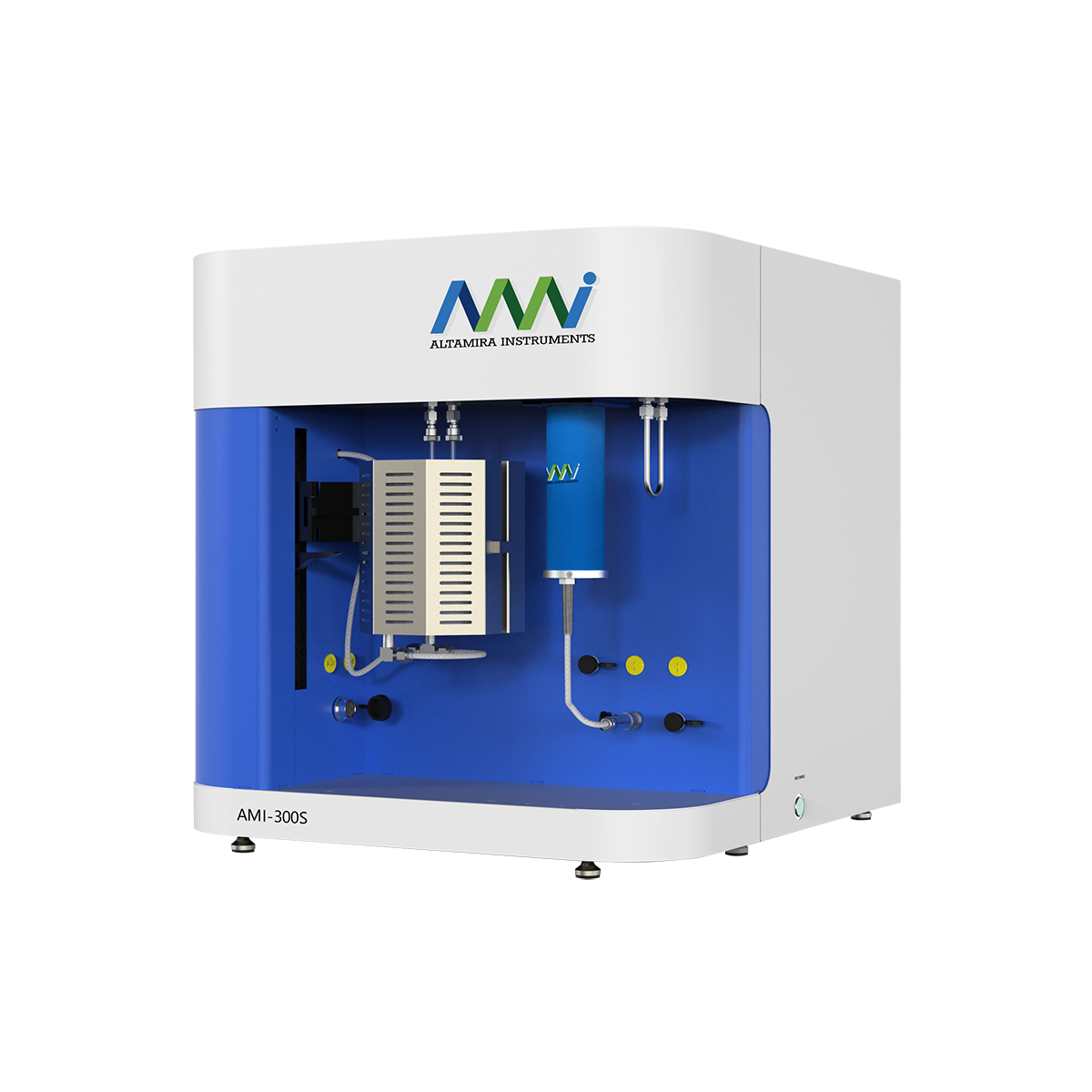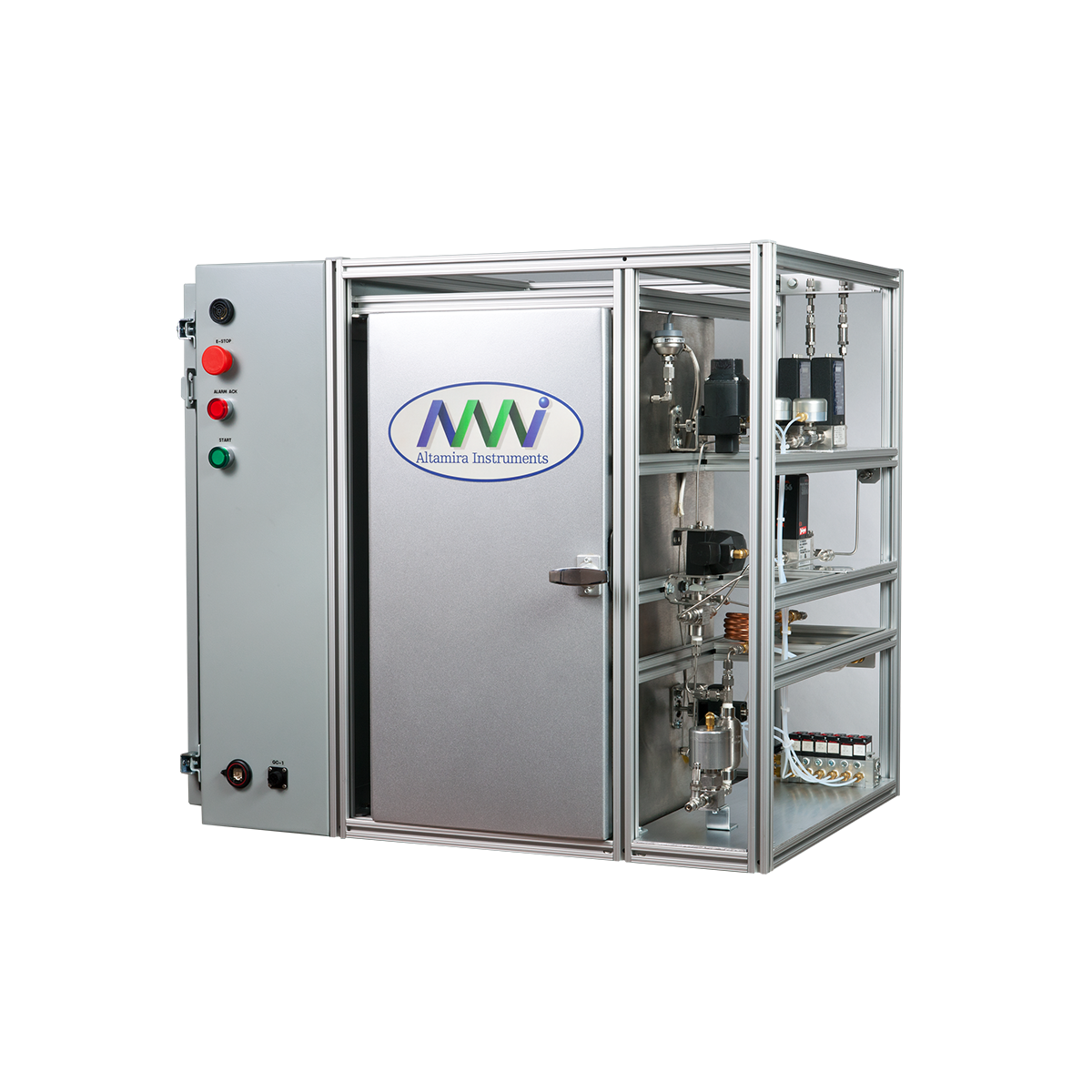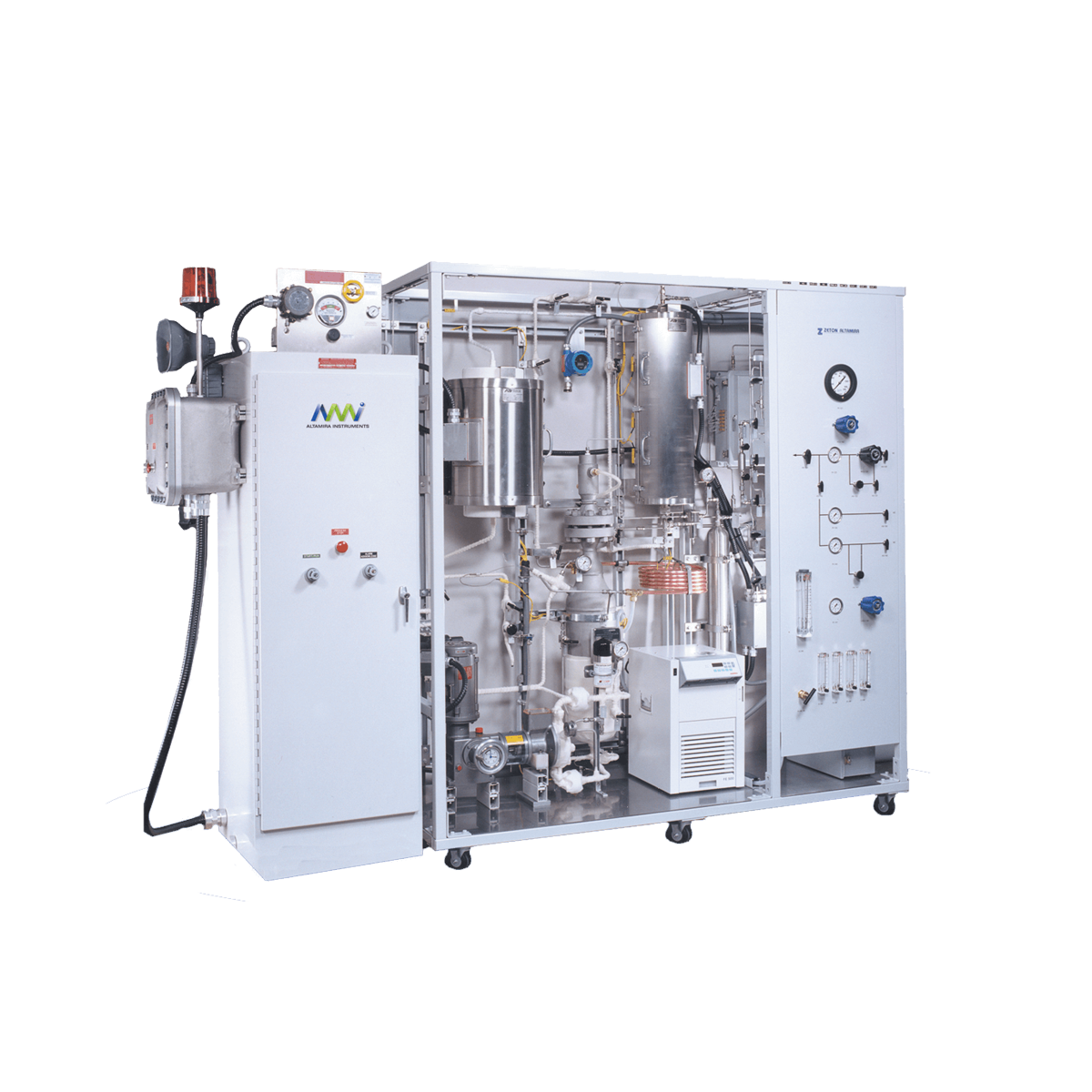By far the most common type of TPD measurements on zeolites consists of ammonia desorption. Ammonia is a common adsorbate since it is accessible to all acid sites on the zeolite (kinetic diameter 0.26 nm), it is strongly adsorbed on sites of different acid strength, and it is a stable molecule not susceptible to decomposition even at elevated temperature.
Ammonia TPD patterns from zeolites can exhibit multiple desorption peaks similar to that shown in Figure 2 for ammonia adsorbed on an H-Y zeolite. The desorption signal observed below ca. 150°C corresponds to physically adsorbed ammonia. This physisorption can occur not only on the catalyst surface but also on various components of the experimental system and can be virtually eliminated by conducting the sorption at elevated temperature, about 100藲C. The other desorption signals correspond to ammonia adsorbed on surface acid sites with multiple signals being discerned between 200 and 500°C. The nature of these signals, particularly the high temperature signals, can be directly related to the acidity of the catalyst. Zi, et al. (1) conducted ammonia TPD studies on a series of H-Y zeolites of different Si/Al ratios and found that as the Si/Al ratio increased a high temperature peak became more prominent, suggesting that the number of acid sites increased. The nature of the acidity has also been investigated by this method. Shakhtakhtinskaya et al. (2) used ammonia TPD to study the acidity of the natural zeolite clinoptilolite and the synthetic zeolite Zeokar. They noted that signals desorbing between 600 and 900 K (327 - 627°C) disappeared upon dehydroxylation. They thus concluded that these signals correspond to ammonia desorbing from Bronsted sites. In many cases the temperature of desorption of the ammonia can be correlated to the acid strength of the sites. For example, Figure 3 shows how the highest observed peak temperature in ammonia TPD can track the cracking activity of a small paraffin, n-pentane in this case, for a series of H-Y zeolites (3).
Pyridine has also been used extensively as an adsorbate in desorption measurements. It has the advantage of not being as strong a base as ammonia thus selectively sorbing only on stronger sites. Pyridine will sorb on both Bronsted and Lewis sites, however the two adsorbed species can be readily differentiated using IR detection (4). Using IR detection, Anderson and Klinowski (5) observed a single desorption signal between 350 and 450°C from H-Y zeolites corresponding to the Bronsted acidity with the exact position of the signal depending on the Si/Al ratio. The exact parameters used in TPD studies involving pyridine are more critical than for ammonia. Karge (6) showed that for mordenite both the adsorption temperature as well as the adsorption time are critical in obtaining complete coverage of the surface with pyridine, presumably due to the slow diffusion of pyridine into the pores.
A number of suitable probe molecules are suitable for measuring acidity via TPD. The exact adsorbate molecule used in characterizing the acidity of the zeolite via TPD experiments depends largely on the acid strength of the solid to be examined and the molecular size of the adsorbate molecule. An additional complication in examining zeolites or other materials with high acid strength is that the probe molecule may react in the zeolite giving a variety of products. Table 1 lists a number of probe bases which may be suitable for TPD work.




